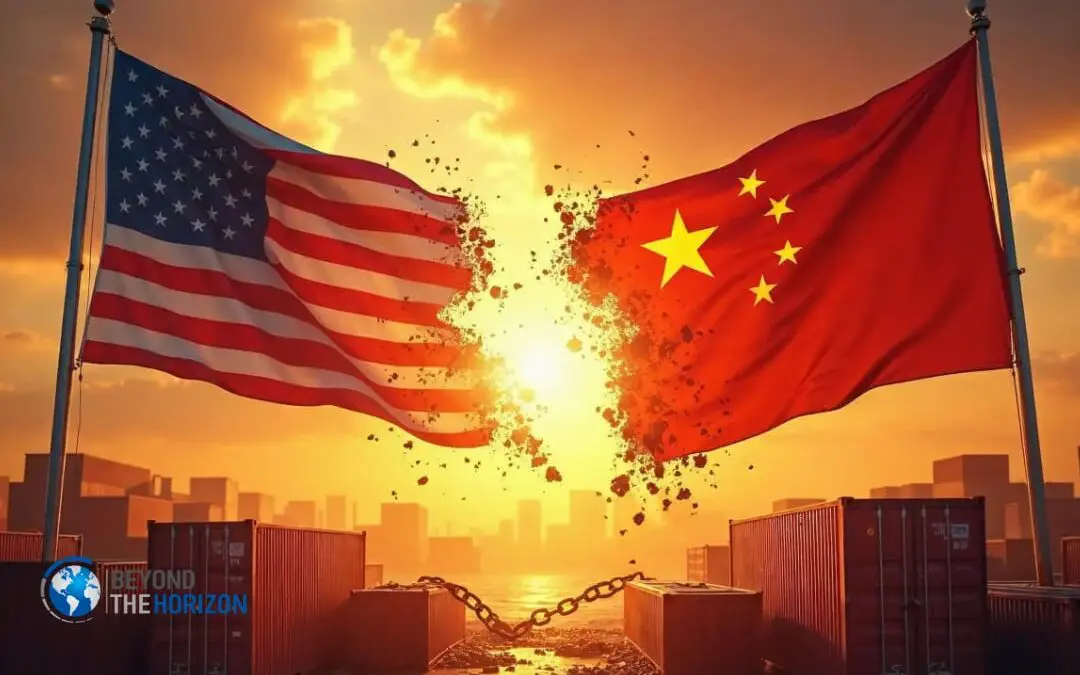In an era defined by rapid globalization, supply chains have stretched across continents, intricately weaving economies together. However, the U.S. government’s recent decision to impose substantial tariffs on countries like Vietnam and Cambodia, which have become significant nodes in the global supply chain through transshipment practices, may trigger a profound reevaluation of these international business models.
Transshipment, the process by which goods or containers are transferred from one ship to another at an intermediate port before reaching their final destination, has been a common practice to manage the flow of goods globally efficiently. Countries like Vietnam and Cambodia have capitalized on this process, becoming consequential waypoints in the logistics and supply sectors. However, the introduction of hefty U.S. tariffs on these nations could disrupt the delicate balance that has been achieved in global trade networks.
For years, both Vietnam and Cambodia have enjoyed the benefits of low manufacturing costs and have been integral in the textile, electronics, and consumer goods industries, among others. Their strategic geographic locations in Southeast Asia also make them ideal for companies looking to optimize their shipping routes to Western markets, particularly the United States. However, the new tariffs imposed by the U.S. aim to curb what it views as unfair trade practices, including the use of transshipment as a means to circumvent existing tariffs on other countries.
The implications of these tariffs are multifold. Firstly, they could lead to increased costs for U.S. consumers. Goods manufactured in or transshipped through Vietnam and Cambodia might see a rise in prices as importers pass on the costs of tariffs to consumers. This could lead to inflationary pressures in certain sectors, particularly in consumer goods where there is already price sensitivity.
Secondly, the tariffs pose a substantial challenge for businesses relying on these countries as part of their supply chain. Companies might need to seek alternative manufacturing locations or revamp their logistics strategies to avoid these elevated tariffs. This shift could lead to initial disruptions and increased costs as businesses establish new supply lines and build relationships with partners in different countries.
Moreover, the economic impact on Vietnam and Cambodia could be significant. These countries have invested heavily in developing their manufacturing and shipping industries, and a shift away from these countries could lead to job losses and economic slowdowns. This might force both nations to reassess their economic models and seek new ways to engage globally that do not rely heavily on being transshipment hubs.
The broader implication is for global supply chain dynamics, which might see a shift towards more regionalization or localization. Companies might start considering bringing manufacturing closer to their primary markets or diversifying their supply chains across several countries to reduce dependence on any single nation and mitigate risks.
Additionally, there is a potential geopolitical fallout as countries affected by these tariffs may seek to retaliate or strengthen trade relationships with other nations opposing U.S. policies, leading to further fracturing of global trade alliances.
In conclusion, while the U.S. tariffs on Vietnam and Cambodia are aimed at correcting perceived imbalances in trade practices, they could precipitate a significant rethinking of global logistics and manufacturing strategies. Companies must adapt to these changes through strategic planning and exploration of new supply chain models, while the affected countries must navigate the economic repercussions and seek new paths for economic engagement in a shifting global landscape. The final outcome will depend largely on the ability of all stakeholders to adapt to these evolving economic conditions.










